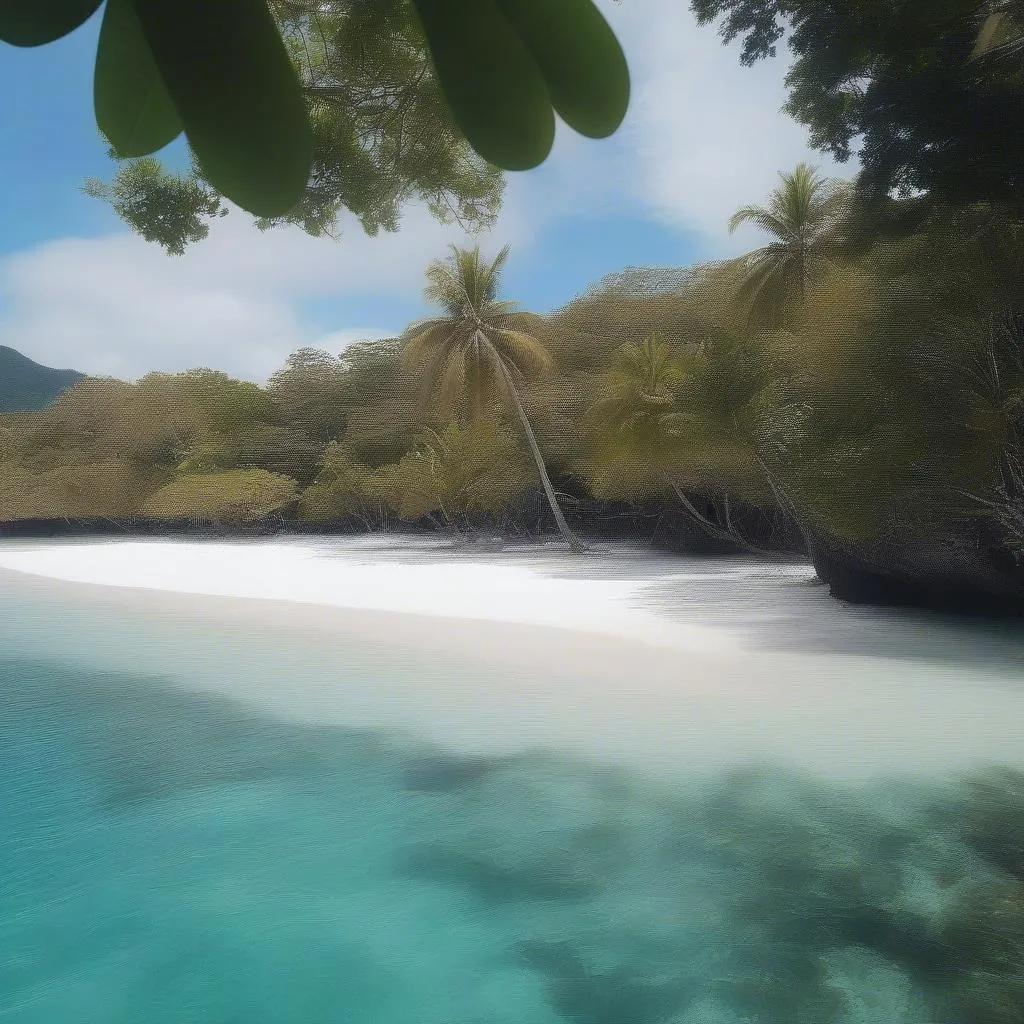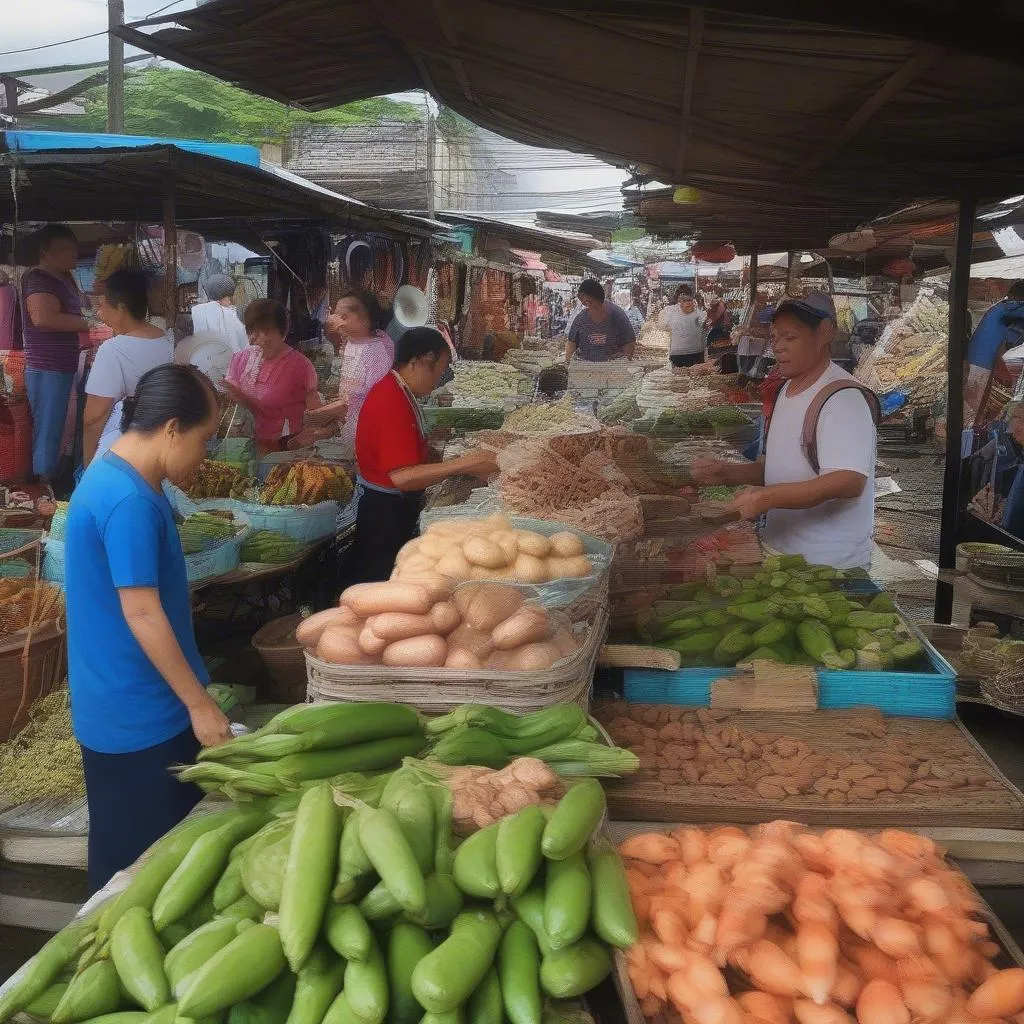Have you ever dreamt of pristine beaches, vibrant coral reefs, and breathtaking landscapes? The Philippines, an archipelago of over 7,000 islands, offers all this and more. While packaged tours have their allure, nothing beats the thrill and freedom of exploring this tropical paradise at your own pace. This comprehensive guide is your key to unlocking the best of Philippines DIY travel, ensuring an unforgettable adventure tailored to your desires.
Why Choose Philippines DIY Travel?
Stepping away from the well-trodden path of organized tours reveals the true soul of the Philippines. DIY travel allows you to:
- Embrace Flexibility: Craft your itinerary around your interests, whether it’s diving in the Tubbataha Reefs, hiking up Mount Apo, or simply soaking in the sun on the beaches of El Nido.
- Connect with Locals: Experience the legendary Filipino hospitality firsthand, discovering hidden gems and local delicacies that would otherwise remain hidden.
- Travel at Your Own Rhythm: Whether you’re a slow traveler seeking tranquility or an adventure enthusiast craving adrenaline, set your own pace and savor every moment.
Planning Your DIY Philippine Adventure: A Step-by-Step Guide
While the spontaneity of DIY travel is exhilarating, a little planning goes a long way in ensuring a smooth and enriching journey.
1. Visa and Passport: Your Gateway to Paradise
Most nationalities can enter the Philippines visa-free for up to 30 days. However, it’s essential to check the specific requirements based on your nationality to avoid any last-minute surprises. Make sure your passport is valid for at least six months beyond your intended stay.
2. Budget: Finding Your Financial Comfort Zone
The Philippines caters to every budget. You can indulge in luxurious island hopping in Palawan or opt for budget-friendly backpacking adventures in Cebu. Consider these aspects when budgeting:
- Accommodation: From hostels to boutique hotels and beachfront villas, the Philippines offers a wide array of options.
- Transportation: Explore the islands by ferry, local buses, jeepneys (the iconic Filipino public transport), or domestic flights.
- Food: Delight your taste buds with affordable and delicious Filipino cuisine. Street food is a must-try!
- Activities: From diving and snorkeling to trekking and island hopping, choose activities that align with your interests and budget.
Expert Tip: Allocate a buffer for unexpected expenses or spontaneous adventures.
3. Itinerary: Crafting Your Dream Adventure
Philippines DIY travel allows you to curate an itinerary that reflects your passions. Here are some popular routes to inspire you:
- The Classic Loop (7-10 days): Manila – Cebu – Bohol – El Nido (Palawan)
- Island Hopping Extravaganza (10-14 days): Cebu – Siquijor – Dumaguete – Siargao – Coron (Palawan)
- Off-the-Beaten-Path Escapade (14+ days): Batanes – Sagada – Banaue – Vigan
Remember: This is just a starting point. Customize your itinerary based on your interests, travel style, and time constraints.
Feng Shui Tip: Incorporate water elements into your itinerary, such as visiting waterfalls, lakes, or beaches, to enhance the flow of positive energy throughout your journey.
4. Essential Packing List: Gearing Up for the Tropics
Packing right can make or break your trip. Here are some essentials:
- Lightweight and breathable clothing: The Philippines is a tropical country, so pack accordingly.
- Swimwear: Essential for island hopping, snorkeling, and enjoying the beaches.
- Comfortable walking shoes: You’ll be doing a lot of exploring!
- Reusable water bottle: Stay hydrated and reduce plastic waste.
- Dry bag: Protect your belongings from water damage during boat trips.
- First-aid kit: Always be prepared for minor injuries or ailments.
 tropical-island-paradise
tropical-island-paradise
5. Staying Connected: Navigating Communication
Staying connected in the Philippines is relatively easy. Most hotels, cafes, and restaurants offer Wi-Fi. Purchasing a local SIM card with a data package is a good option for staying connected on the go.
6. Safety and Health: Prioritizing Your Well-being
The Philippines is generally a safe country for travelers. However, it’s always wise to exercise caution:
- Secure your valuables: Use hotel safes for important documents and valuables.
- Be aware of your surroundings: Especially in crowded areas.
- Drink bottled water: Avoid tap water to prevent stomach upsets.
- Consult your doctor: Regarding necessary vaccinations and health precautions.
FAQs About Philippines DIY Travel
Is it safe to travel solo in the Philippines?
The Philippines is generally safe for solo travelers, especially women. However, it’s always advisable to take common-sense precautions and be aware of your surroundings.
What is the best time to visit the Philippines?
The best time to visit the Philippines is during the dry season, which runs from November to May. However, the country can be visited year-round.
Do I need to speak Tagalog to get around?
While English is widely spoken in the Philippines, learning a few basic Tagalog phrases will enhance your interactions with locals.
Conclusion: Embrace the Adventure of Philippines DIY Travel
Philippines DIY travel is an invitation to create your own story amidst breathtaking landscapes, vibrant culture, and warm hospitality. By embracing flexibility, planning wisely, and venturing beyond the familiar, you’ll unlock a journey filled with unforgettable experiences.
 local-philippine-market
local-philippine-market
Start planning your dream Philippine adventure today! For more travel inspiration and resources, visit travelcar.edu.vn